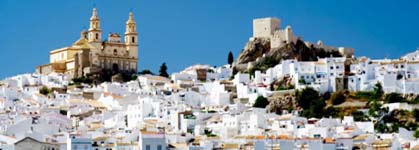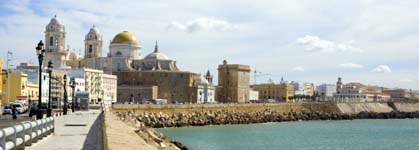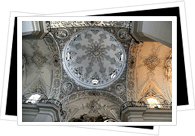The capital of flamenco, Cadiz is a lively small Andalusian city with a long past and a fundamental role in the history of Spain. Check out our guide and you will discover the essentials to the city, from the best cultural activities to the busy and loud Andalusian nights, we will try to make the most out of your visit to Cadiz.






 Here are some examples of Baroque Architecture in Cadiz, Spain:
Here are some examples of Baroque Architecture in Cadiz, Spain:
